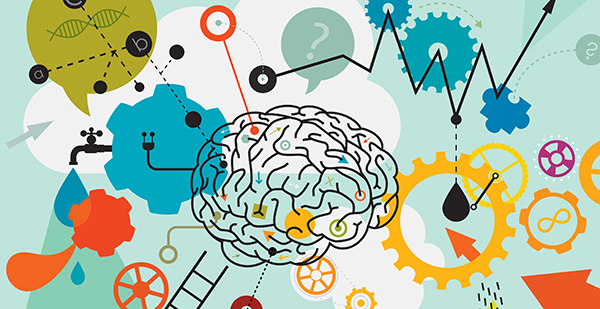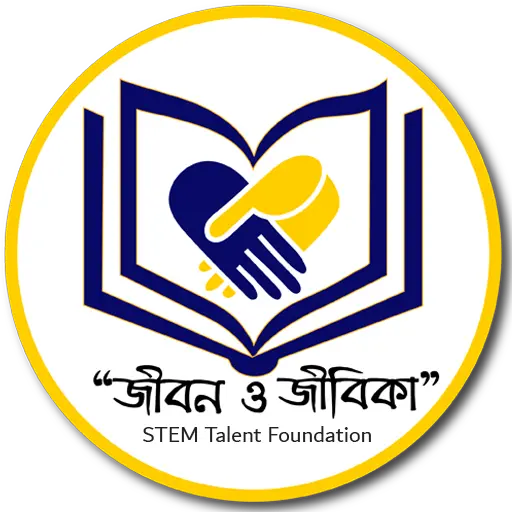
Class 7 Biology Syllabus (ICSE, CBSE, West Bengal Board
Combined)
—
1. Nutrition in Plants and Animals
Nutrition in Plants
Modes of nutrition in plants: Autotrophic and Heterotrophic
Photosynthesis: Process, factors affecting, importance of chlorophyll, stomata in photosynthesis
Other modes of nutrition in plants: Saprophytic nutrition (fungi, molds), parasitic nutrition
(cuscuta)
Nutrition in Animals
Heterotrophic nutrition: Herbivores, carnivores, omnivores, decomposers
Digestive system in humans: Mouth, oesophagus, stomach, small and large intestines,
pancreas, liver, and their functions
Process of digestion: Ingestion, digestion, absorption, assimilation, and egestion
Role of digestive enzymes in breaking down food (amylase, pepsin, lipase)
Differences in the digestive systems of herbivores and carnivores
2. Respiration in Organisms
Respiration in Plants
Respiration process: Difference between photosynthesis and respiration, how plants respire
Respiratory structures: Stomata and lenticels
Respiration in Animals
Human respiratory system: Parts of the respiratory system (nose, trachea, bronchi, lungs,
alveoli) and their functions
Mechanism of breathing: Inhalation and exhalation, diaphragm and intercostal muscles
Gas exchange in alveoli
Aerobic and anaerobic respiration: The difference, and examples (like in yeast and muscles)
Respiration in aquatic animals (e.g., fish) and amphibians
3. Transportation in Plants and Animals
Transportation in Plants
Transport of water and minerals: Structure and function of xylem and phloem
Transpiration: Definition, process, and importance of water loss in plants
Transportation in Animals
Human circulatory system: Structure and functions of the heart, blood vessels (arteries, veins,
capillaries), blood components (RBCs, WBCs, platelets, plasma)
Blood circulation: Pulmonary and systemic circulation
Lymphatic system: Its role in immunity
Difference between open and closed circulatory systems (examples from insects, vertebrates)
4. Excretion in Organisms
Excretion in Plants
Excretory products in plants: Oxygen, water, and other waste products (transpiration, guttation)
Excretion in Animals
Human excretory system: Structure and function of kidneys, nephrons, ureters, bladder, and
urethra
Process of urine formation: Filtration, reabsorption, secretion, and excretion
Excretion in other animals (e.g., excretory systems of amphibians, insects, fish)
5. Reproduction in Plants and Animals
Reproduction in Plants
Sexual reproduction in plants: Parts of a flower, pollination (self and cross-pollination),
fertilization, and seed formation
Asexual reproduction: Vegetative propagation (cuttings, runners, tubers, bulbs)
Reproduction in Animals
Sexual reproduction in animals: External and internal fertilization, and the life cycle of common
animals (frog, butterfly)
Asexual reproduction in animals: Binary fission (e.g., amoeba), budding (e.g., hydra)
Human reproductive system: Male and female reproductive organs, fertilization, and gestation
6. Control and Coordination in Animals and Plants
Control and Coordination in Animals
Nervous system: Brain, spinal cord, nerves, and their functions; Reflex actions
Endocrine system: Glands (pituitary, thyroid, adrenal, pancreas), hormones and their functions
(e.g., insulin, adrenaline)
Sense organs: Structure and function of eye, ear, skin, nose, and tongue
Control and Coordination in Plants
Tropisms: Phototropism, geotropism, hydrotropism, thigmotropism
Role of plant hormones (auxins, gibberellins, cytokinins) in growth regulation
7. Ecosystem and Environmental Issues
Ecosystem
Components: Biotic (producers, consumers, decomposers) and abiotic (water, soil, air, sunlight)
components
Food chain and food web: Producers, consumers, decomposers, and the flow of energy
Types of ecosystems: Terrestrial (forest, desert) and aquatic (marine, freshwater)
Environmental Issues
Pollution: Causes, effects, and prevention of air, water, soil, and noise pollution
Global warming, ozone layer depletion, acid rain: Causes and effects
Conservation of biodiversity: Importance of protecting endangered species, wildlife sanctuaries,
national parks
Sustainable development: Renewable resources, recycling, and the conservation of natural
resources
8. Health and Diseases
Health and Hygiene
Personal hygiene: Importance of handwashing, bathing, oral hygiene
Balanced diet: Components of a balanced diet (carbohydrates, proteins, fats, vitamins, minerals,
water), importance for growth and health
Common diseases: Causes, symptoms, and prevention (e.g., malaria, tuberculosis, chickenpox,
cholera)
Prevention of diseases: Hygiene, vaccination, sanitation
Infectious Diseases
Types of diseases: Bacterial, viral, fungal, protozoal
Transmission of diseases: Direct and indirect modes (vectors, contaminated food, water)
Immunization: Role of vaccines, vaccination schedule
9. Movement in Plants and Animals
Movement in Animals
Types of movement: Locomotion (walking, flying, swimming), cilia and flagella in
microorganisms
Human skeletal system: Bones, joints, types of joints (ball-and-socket, hinge), and movement
Muscular system: Types of muscles (skeletal, smooth, cardiac)
Movement in Plants
Plant movement: Tropisms, nastic movements (e.g., touch-me-not plant)
Movement of water and nutrients: Role of xylem and phloem in transporting substances
10. Microorganisms and Their Role
Microorganisms
Types of microorganisms: Bacteria, fungi, algae, protozoa, viruses
Beneficial microorganisms: Role in food production (e.g., yeast in baking), nitrogen fixation,
medicine (e.g., antibiotics, vaccines)
Harmful microorganisms: Disease-causing organisms (e.g., cholera, tuberculosis, malaria)
Use of microorganisms: In food processing (fermentation), sewage treatment, and
biotechnology
—
Admission fees : Rs1000/- payable yearly
Note: Also Class timing once finalized will not be adjusted thereafter. Every Week One class. The timings will be finalized where majority of the students will be gathered.




